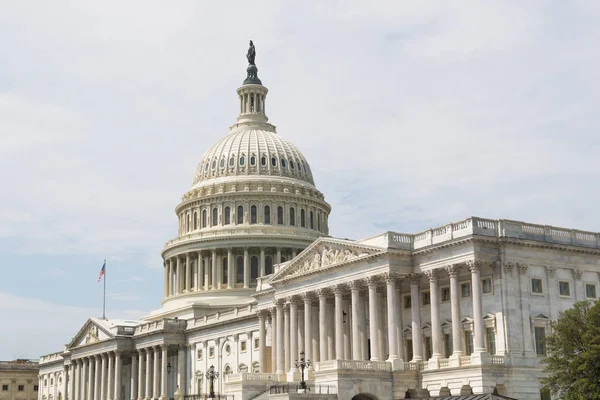
It’s the first chill of November, and it’s not just in the air but also in the inboxes of millions of Americans logging into the Affordable Care Act marketplace and seeing next year’s health insurance premiums. For many, the numbers are staggering, and the reason is simple: enhanced premium tax credits, which have kept costs manageable since 2021, are set to expire at the end of this year unless Congress acts.

1. The Scale of the Potential Hike
Some 24 million people now buy insurance through the ACA marketplace, and 93% receive premium tax credits to lower their monthly costs. If those enhanced credits lapse, subsidized enrollees will see premiums rise by an average of 114% an extra $1,016 annually for the typical household. In some cases, the jump is far worse. A 60-year-old couple earning $85,000 could see their yearly premium soar by $24,600, while a West Virginia couple at the same income level would face a staggering $47,000 increase.

2. Why This Is Happening Now
The enhanced credits were established under the American Rescue Plan and extended through 2025 under the Inflation Reduction Act. They cut the share of income people pay for coverage while expanding eligibility to middle-income households. But the current political standoff tied to the month-long government shutdown has Democrats demanding an extension as part of reopening negotiations, while Republican leaders insist the issue be taken up separately.

3. Who’s Most at Risk
The pain will be felt across income levels, but particularly vulnerable will be older adults, small business owners, and self-employed workers. Under ACA rules, insurers can charge people in their 50s and 60s more than younger adults for the same plan. Without subsidies, a 59-year-old widow earning $63,000 could see her silver plan premium jump from $5,355 to $14,213 a leap to nearly 23% of her income.

4. The Coverage Cliff
According to expert projections, if Congress doesn’t act, between 4.8 and 5 million will lose coverage entirely. Most of these are dropping their marketplace plans and going uninsured; others may use emergency-only or catastrophic coverage without paying for routine and preventive care. As the healthier enrollees exit, insurers will see a sicker risk pool, forcing them to propose even higher premium increases in the years to come.

5. Impact on Small Businesses
Small business owners one out of every four marketplace enrollees are on edge. Surveys show 84% are worried about affording coverage if credits expire, with nearly 40% warning that premium hikes might put their operations in jeopardy. Some may cut employee benefits, making it harder to compete with bigger firms for talent.

6. Ripple Effects on Hospitals and Providers
The Urban Institute estimates that expiration of the credits would cut healthcare spending by $32.1 billion in 2026, with $14.2 billion less spent on hospitals and $5.8 billion less on prescription drugs. Uncompensated care those services providers deliver without getting paid for would rise by $7.7 billion, which strains safety-net hospitals and clinics, particularly in states that have not expanded Medicaid.

7. Coping Strategies of Consumers
Marketplace experts tell consumers to be proactive and not panic. Sabrina Corlette at Georgetown University encourages updating income and household information now, so consumers know how much they will qualify for before they begin to enroll, hence avoiding any repayment surprises. Cynthia Cox of KFF says another alternative might be a bronze plan: lower in premium but with higher deductibles, and which would cover preventive care at no cost. Catastrophic plans are another option, though the deductibles can go as high as $10,600 for individuals.

8. Remaining Engaged: Why It Matters
Even if Congress extends the credits at the end of the year, many people may already have walked away. Jonathan Burks, of the Bipartisan Policy Center, notes that open enrollment in most states runs until January 15, so consumers will have some time to go back and revisit their decisions if the political landscape shifts. Mark your calendar to doublecheck your plans in early December, experts say, before the December 15 deadline for coverage starting in January.

9. The Larger Health Cost Context
The rise in ACA premiums plays out against a backdrop in which the country’s healthcare costs continue to climb. Spending for hospitals, physicians, and prescription drugs keeps going up, driven upward by everything from expensive new medicines to higher prices by providers to the aging of the population. For small firms and the self-employed, these trends only add to the challenge, given that they already face higher deductibles and pay a greater percentage of premiums than employees at large companies.
For now, millions of Americans are left in limbo refreshing news feeds, recalculating budgets, and weighing imperfect coverage options while Congress debates whether to preserve a subsidy that has doubled marketplace enrollment and kept insurance within reach for working families.


